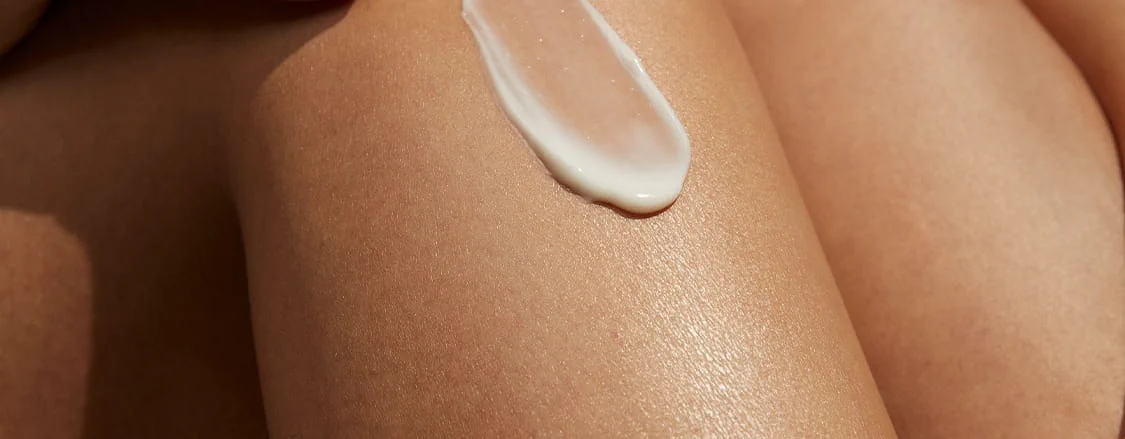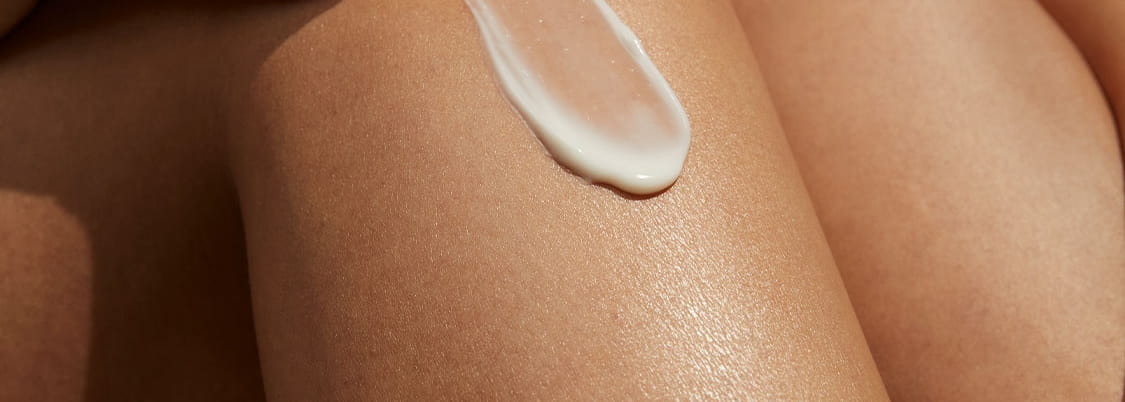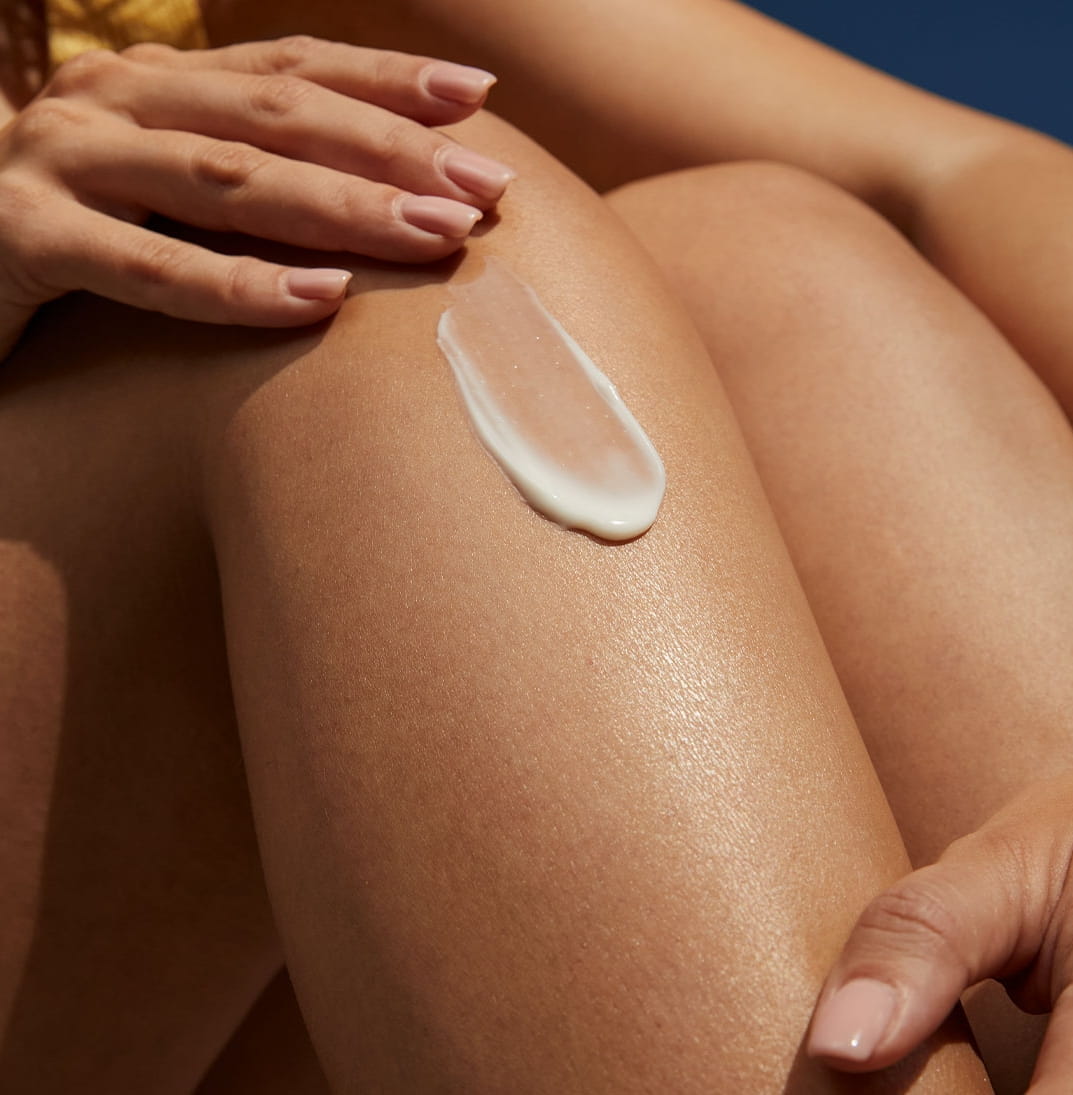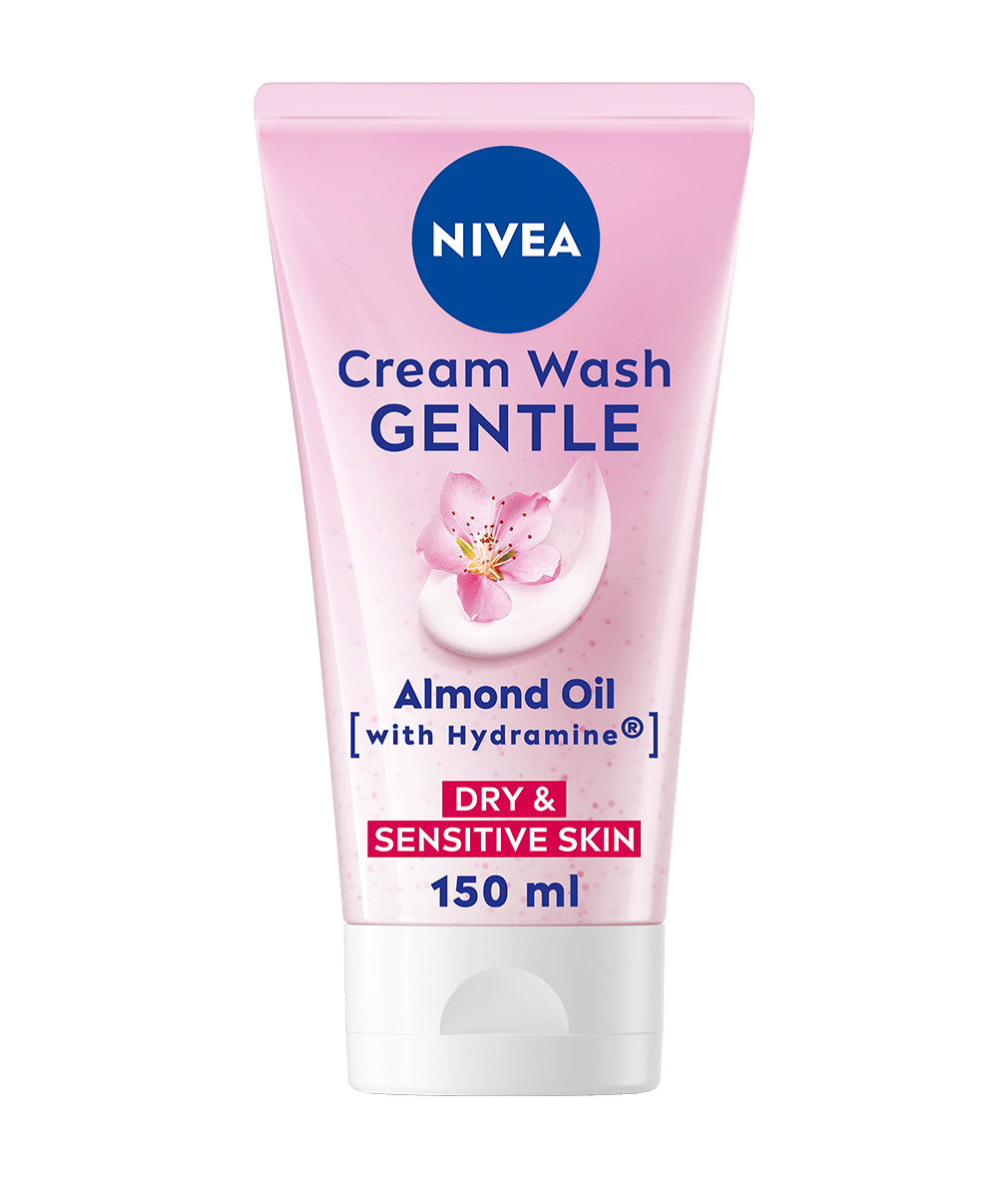
The NIVEA Guide On How To Exfoliate
All you need to know about exfoliation and how to exfoliate your face and body for smooth, radiant skin.
The NIVEA Guide On How To Exfoliate
Skin is our body’s largest organ, so knowing how to take care of it properly is hugely important. Most of us cleanse and moisturise regularly, but what about exfoliation? This is a key step in our skin care routine that can keep our skin smooth and soft, amongst many other benefits.
If you’re looking to exfoliate and are wondering what it does, you are in the right place. Keep reading to learn all you need to know about exfoliating, discover the right exfoliants for your skin type, find out how to exfoliate your face and skin safely.
If you’re looking to exfoliate and are wondering what it does, you are in the right place. Keep reading to learn all you need to know about exfoliating, discover the right exfoliants for your skin type, find out how to exfoliate your face and skin safely.
What exactly is exfoliation?
Exfoliation derives from the Latin word exfoliare, meaning to strip off leaves. To exfoliate our bodies is basically to strip off skin. Around every 30 days we naturally shed dead skin cells to allow new skin cells to form on the top layer of our skin.
Types of exfoliation
There are many different ways to exfoliate our skin. Popular ones to try at home include exfoliating scrubs, creams, masks and serums. Then there are exfoliation tools, such as a pumice stones, exfoliating gloves, shower puffs and electric cleansing/exfoliating brushes.
Depending on your skincare needs there are professional exfoliation methods too, such as chemical peels, microdermabrasion and dermaplaning. For these treatments, speak to a dermatologist or medical professional who can help you consider the best options.
We can, and should, exfoliate all parts of our body, but delicate areas like the face need a different approach.
Depending on your skincare needs there are professional exfoliation methods too, such as chemical peels, microdermabrasion and dermaplaning. For these treatments, speak to a dermatologist or medical professional who can help you consider the best options.
We can, and should, exfoliate all parts of our body, but delicate areas like the face need a different approach.
How to apply facial scrub
When applying facial scrubs remember to take care and be gentle on your skin. Here are some steps to follow as a guide:
Exfoliating your face by skin type
Your skin type will determine how you exfoliate your face to suit your specific skin concerns.
How to exfoliate your body
Exfoliation isn’t just for our face. We have dead skin cells all over our body which need to be buffed away. Exfoliating your body not only smooths our limbs but can also help alleviate other concerns, such as body acne and cellulite.
Here are some tips on how to exfoliate the different areas of your body.
Here are some tips on how to exfoliate the different areas of your body.
How often should I exfoliate?
What times should I exfoliate?
There are better times to exfoliate and times that are best to avoid it.
Some final Do’s & Dont's
Now you know that exfoliating, when done properly, can bring many benefits and help you achieve smooth, radiant skin. Removing dead skin cells, built-up oils, dirt and impurities can improve your skin’s appearance and help you feel refreshed. Here are some final do’s and don’ts before you dive in.





